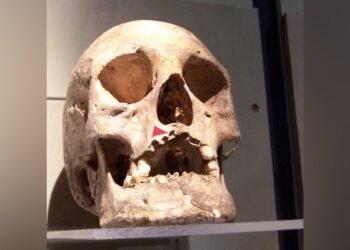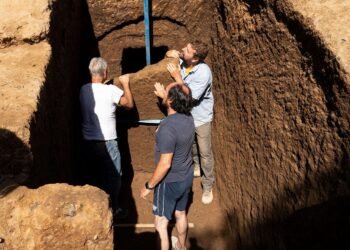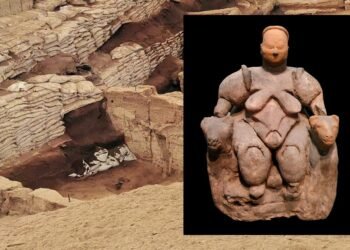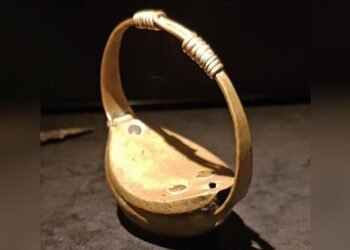Archaeologists at Colonial Williamsburg have unearthed the remains of a military barracks dating back to the American War of Independence.
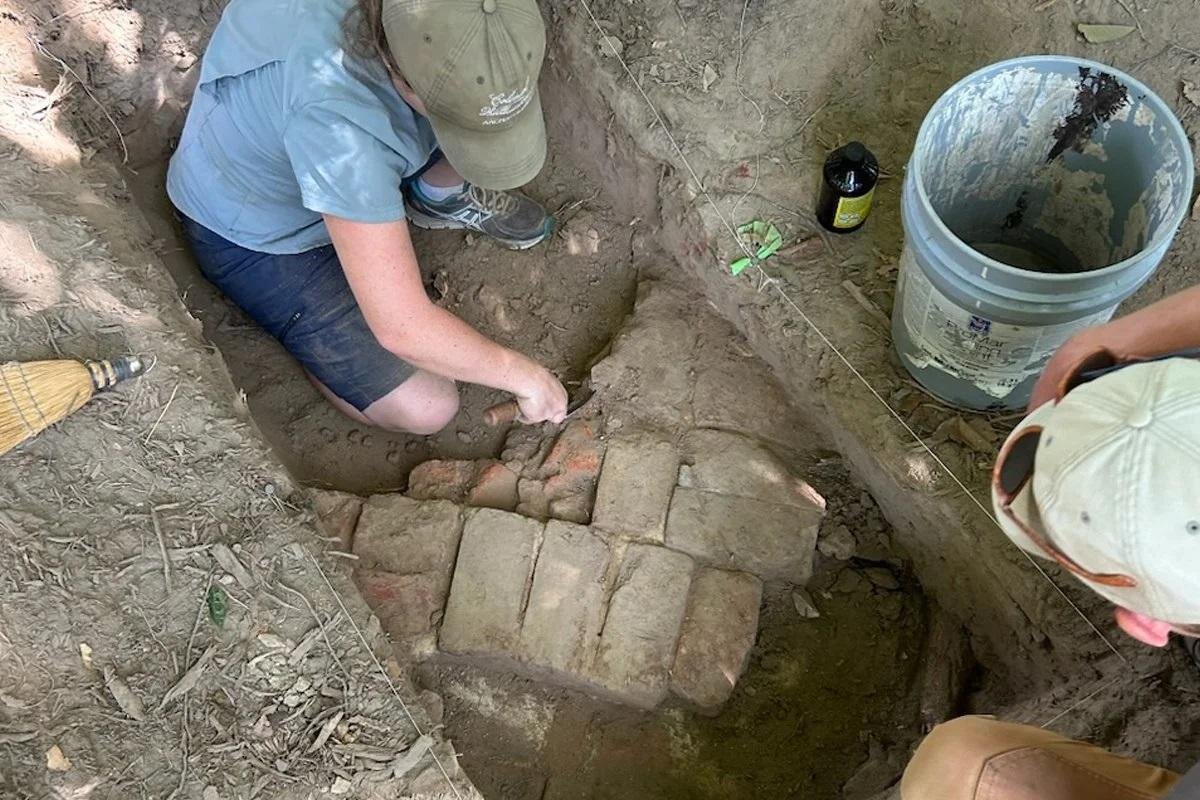
Colonial Williamsburg, located in Williamsburg, Virginia, is a living-history museum that vividly recreates life in the 18th-century capital of Britain’s Virginia colony. Founded in the early 17th century by English settlers during the Second Anglo-Powhatan War, Williamsburg was the colonial capital from 1699 to 1779. The city played a crucial role during the American Revolution as tensions with England over civil and economic rights led to open conflict.
The discovery of the barracks occurred during an archaeological dig mandated before the construction of a new regional sports complex. The planned footprint for the complex was subsequently adjusted to preserve the approximately three to four-acre barracks site. Initial excavations last summer revealed the bases of 18th-century chimneys, gun hardware, and personal items belonging to soldiers.
Jack Gary, Colonial Williamsburg’s executive director of archaeology, said: “This is an amazing site. The artifacts coming out of it are really significant for us to be able to tell the story of what life was like before even Williamsburg was founded.”
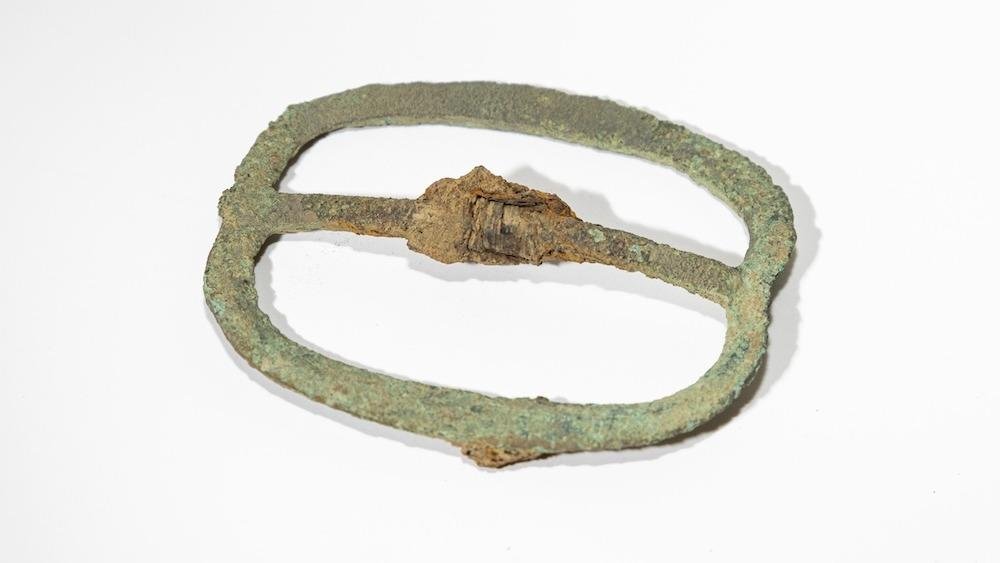
Historical documents and maps from the Revolutionary War era reference a barracks built between 1776 and 1777. However, the exact location remained unknown until now. The barracks were constructed to accommodate up to 2,000 soldiers and 100 horses. Unfortunately, the structures were destroyed by fire in 1781, set ablaze by British troops under General Charles Cornwallis as they moved toward the Battle of Yorktown, a decisive conflict that led to the British surrender in 1783.
The excavations have unearthed a variety of artifacts that paint a vivid picture of military life during the Revolution. Among the finds are ceramics, musket balls, gun flint, coins, military buckles, and items of decorative jewelry such as cufflinks, which were worn by high-ranking officers. One particularly intriguing discovery is a collection of lead shot bearing teeth marks, indicating that soldiers chewed on the lead due to its sweet taste.
Colonial Williamsburg, with its more than 400 restored or reconstructed buildings, is renowned for its dedication to preserving and interpreting America’s colonial history. Only a small portion of the site has been excavated so far, but the findings have already been substantial.
The museum plans to integrate the story of the barracks and its soldiers into its broader educational mission. Visitors will soon have the opportunity to learn about the daily lives of the soldiers, the strategic importance of Williamsburg during the war, and the broader context of the American Revolution through exhibits and interactive displays.




